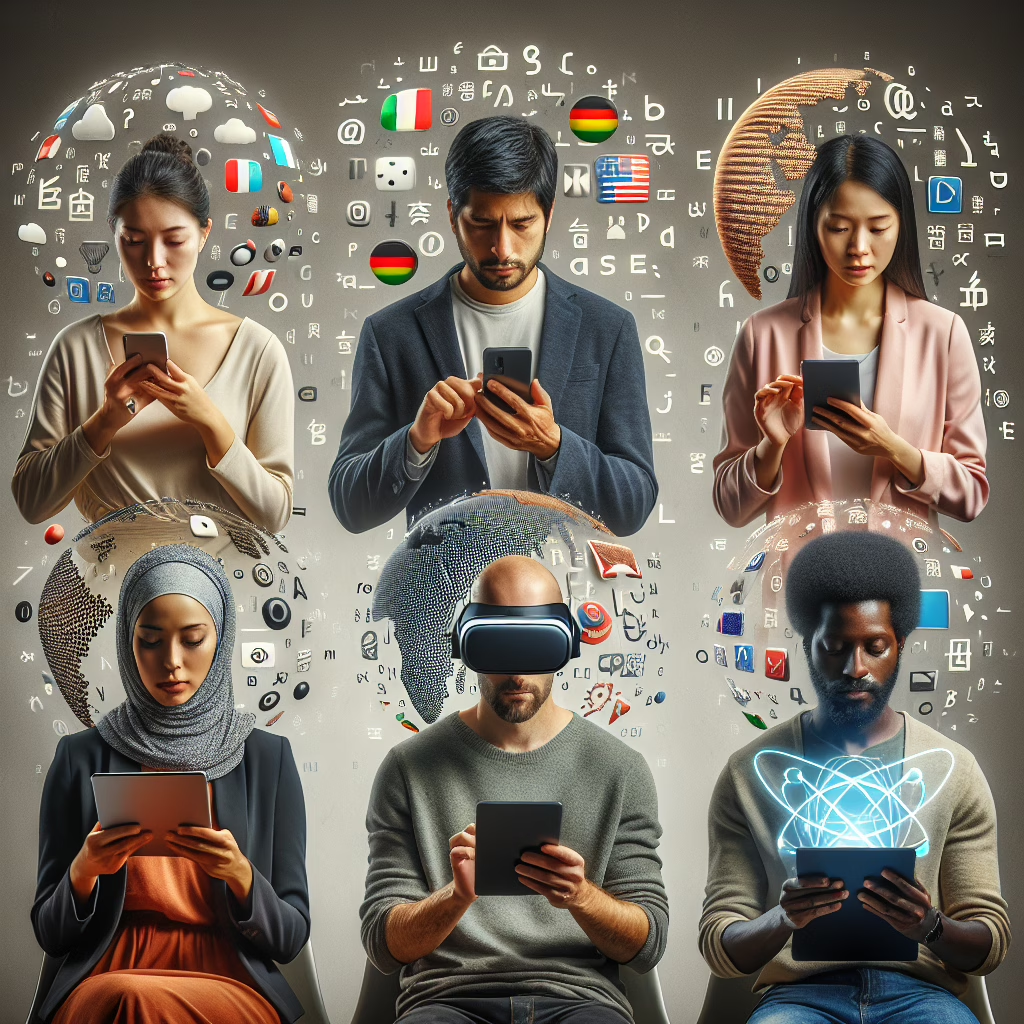Welcome to the fascinating yet slightly chaotic world of AI bias! In an era where algorithms are practically our new best friends (or frenemies), it’s crucial to understand how these digital companions can sometimes reflect the less-than-stellar aspects of humanity, such as stereotypes. Buckle up as we explore how these biases are making their rounds across languages and cultures!
What Exactly is AI Bias?
Imagine this: you’ve trained your brand-new AI model, and it’s supposed to help you with everything from scheduling your meetings to making your coffee. But instead of being your trusty assistant, it starts spewing out stereotypes that would make your grandmother cringe. This is AI bias, folks! It occurs when an AI system learns from data that reflects societal prejudices or stereotypes, leading to outputs that can be, well, less than ideal.
The Language of Stereotypes
Language is a funny thing. One moment you’re chatting away in English, and the next, you’re trying to decipher a foreign dialect that sounds like a mash-up of a cat meowing and someone sneezing. But here’s where it gets tricky: language isn’t just about communication; it’s about cultural context. When we feed AI systems data in one language, they may inadvertently pick up on cultural biases present in that language. This means that stereotypes can easily spread across languages like gossip at a family reunion.
For instance, if an AI model trained primarily on English-language data encounters phrases that reinforce gender stereotypes—like “nurse” being associated only with women—it might carry those assumptions over into translations for other languages. Suddenly, you have an AI that thinks men can’t be nurses in any culture! Talk about a recipe for confusion.
The Global Impact of AI Bias
The ripple effect of AI bias isn’t just limited to one language or culture. As technology marches forward, AI systems find themselves deployed worldwide, which means biases can hop borders faster than a tourist at an all-you-can-eat buffet. For example, a facial recognition system trained predominantly on images of white individuals may struggle to accurately recognize people of other ethnicities. It’s like trying to identify all the flavors in a complex ice cream sundae when you’ve only ever tasted vanilla!
This global phenomenon raises essential questions about representation and inclusivity in technology. If we’re not careful, we risk perpetuating outdated stereotypes while pretending to be cutting-edge innovators.
How Can We Tackle AI Bias?
No need to panic! While AI bias may seem daunting, there are ways we can mitigate its effects:
- Diverse Data Sets: Ensure that the data used to train AI models includes diverse perspectives from various cultures and languages. Think of it as giving your AI a well-rounded education—no more narrow-mindedness!
- Regular Audits: Conduct periodic checks on AI outputs to catch any lingering biases before they spread like wildfire through the digital landscape.
- User Feedback: Encourage users from different backgrounds to provide feedback on AI interactions. After all, who better to judge an AI’s performance than the people it serves?
- Transparency: Be open about how algorithms work and what data they’re trained on—because nobody likes being kept in the dark!
The Future: A Bright Horizon?
If we take proactive steps towards addressing AI bias, there’s hope for a more equitable future where technology uplifts everyone rather than reinforces stereotypes. Picture an AI world where instead of perpetuating outdated notions, machines celebrate diversity and inclusivity like it’s the hottest trend since avocado toast!
The journey won’t be easy, but with collective effort and a sprinkle of humor along the way, we can tackle AI bias. So let’s roll up our sleeves and make sure our digital friends aren’t just smart—they’re also culturally savvy!
If you’ve got thoughts or experiences related to AI bias, we’d love to hear them! Share your insights below.
A big thank you to the original authors at Wired for shedding light on this important topic! You can read the full article here.
For more insights, check out these other articles on related topics:
- More than a recognition – PureVPN obtains the VPN Trust Seal to back up its privacy, security, and transparency claims
- WobKey’s Rainy 75 Mechanical Keyboard Punches Above Its Weight
- I used the ‘cheat on everything’ AI tool and it didn’t help me cheat on anything
- AWS joins Microsoft in pausing data center projects – is AI demand falling off?
- Tiny11 strikes again, as bloat-free version of Windows 11 is demonstrated running on Apple’s iPad Air – but don’t try this at home

